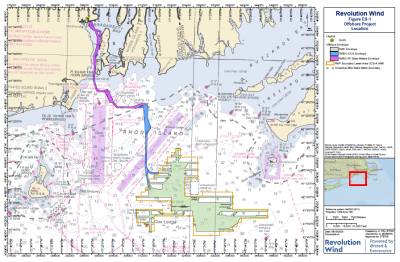Take a look at your damage control (DC) kit bag. Do you know where it is? I can already hear the grumbling that you’ve got all that stuff somewhere onboard, and if you need it, you’ll just find it. I doubt it. When an emergency hits I don’t think you want to go on an Easter egg hunt to find your DC kit.
You don’t need the extensive DC kit of a Navy ship going into battle, but a few basics go a long way. You need to have supplies to cover holes, fill cracks, and deal with splits in the hull or tanks. Don’t forget about burst pipes, failed sea valves, or other non-catastrophic damage scenarios.
First, all of your portable DC gear should be just that, portable. It should be stored in one place and ready to go. I’ve seen the gear in canvas go-bags or waterproof pails with sealable lids. A centrally located locker containing only the DC gear (please, no extra junk) will also do the trick. When an emergency occurs, time is critical. The ability to grab and go without having to hunt around for the DC kit can make the difference between saving the boat, limiting the damage, or treading water.
A DC kit’s contents can vary, so be sure to customize it to suit your needs. Basic items should include:
- Tools such as saws, hammers, hatchet, mallet, screwdrivers, pry bar, pipe wrench, channel locks, crescent wrench, knife, shears, portable drill, vise-grips, and C-clamps. That list would outfit a minimum tool kit. You need a couple of good waterproof flashlights (make sure the batteries are fresh), and I’ve found those small lamps you can wear on your head handy, too.
- Assorted other materials can also be quite handy – think various-sized wooden plugs, wedges, gasket material, rubber sheets, wire ties, twine, oakum (if you’re old enough to know what that is), an assortment of hose clamps, some scrap hose you can cut up, a tarp, an underwater epoxy patch kit, and the most important of all – duct tape. Duct tape is a must.
There are other items you might want in your DC kit. It's up to you. You can never have enough gear, but you can have too little of it. I recommend that you keep the basic kit simple and small enough that you can easily grab it and run.
Don’t forget about the training and drills. If you don’t know how to use your DC gear, it will be useless when you need it. Take the few minutes to dig out and inventory your DC kit. If you don’t have one, I’m sure the port engineer will be more than happy to get one for you. This placard from the Coast Guard is a helpful quick reference to get you started. You can even buy basic kits that will do the trick.
Don’t give up the ship — or boat — damage control to the rescue. Sail safe.





